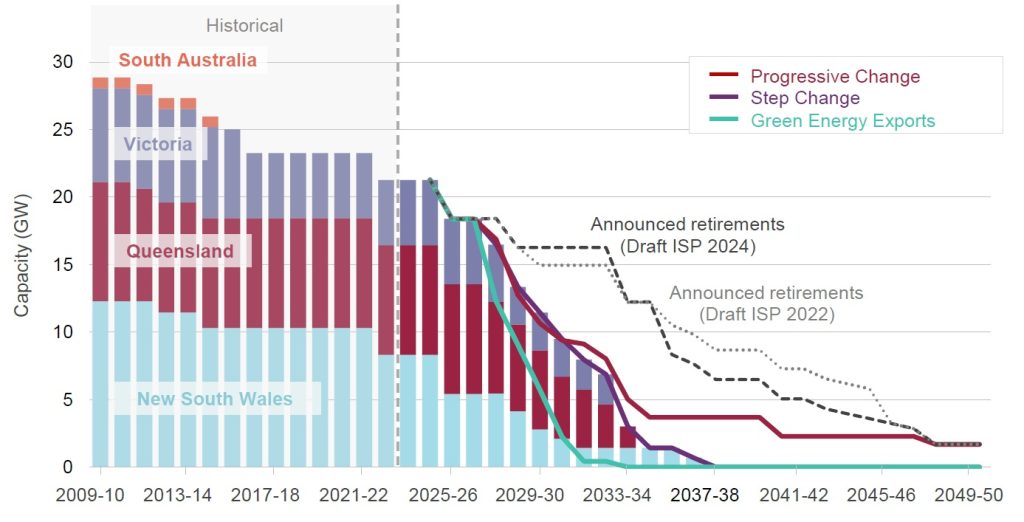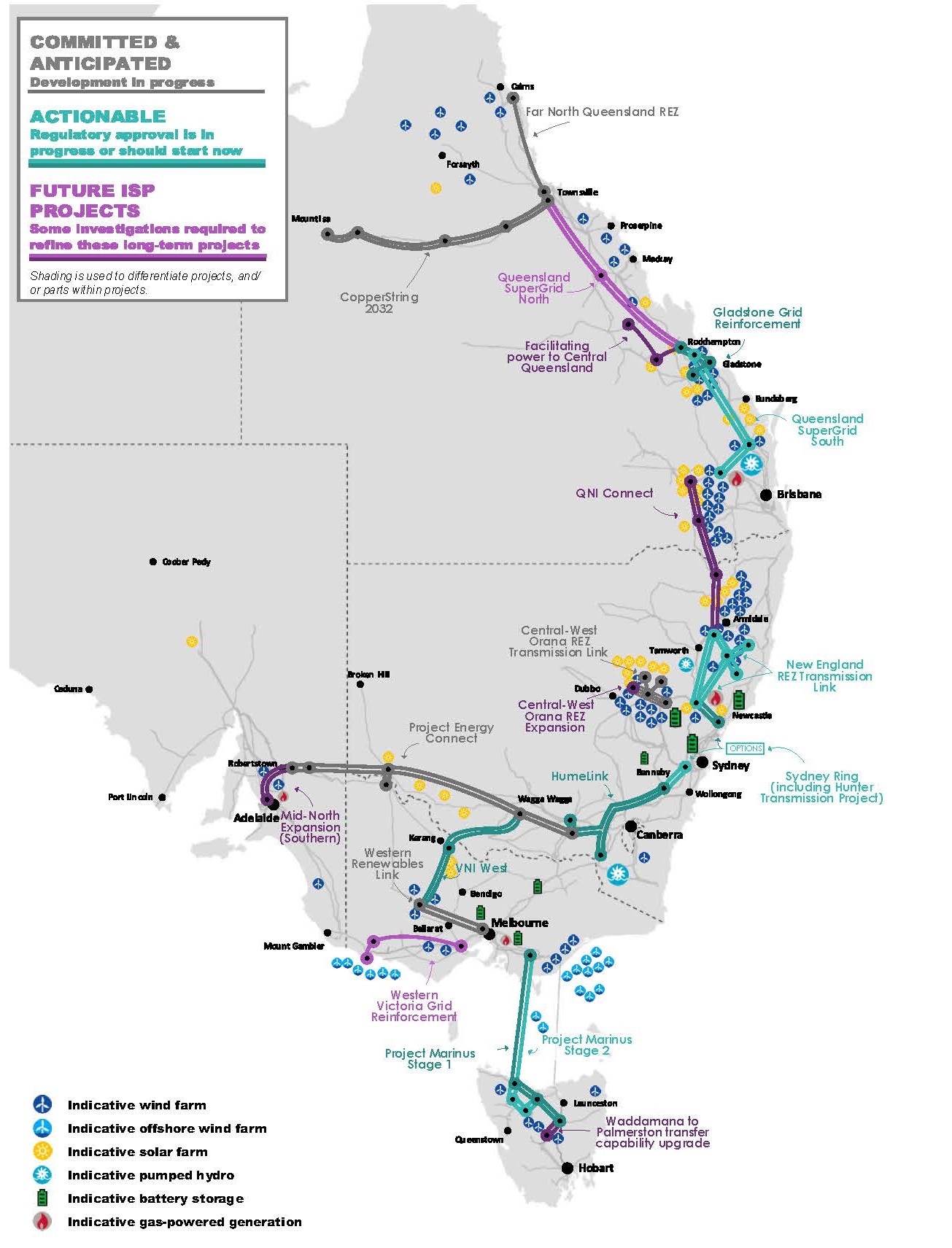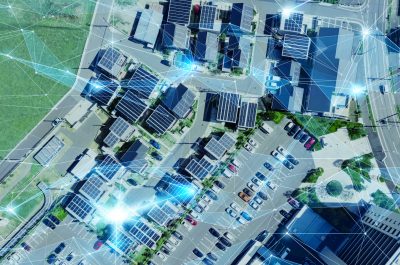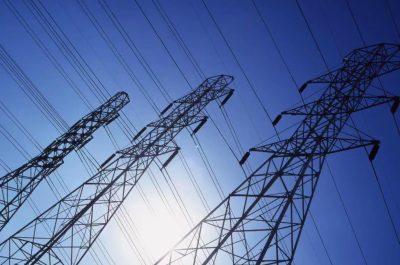Balancing act – a peek under the hood of the draft 2024 ISP
In mid-December 2023, AEMO issued the draft 2024 Integrated System Plan (ISP) to energy stakeholders for consultation, receiving over 100 responses. Key themes will be presented at a webinar and include the CER and hosting on the distributions network, modelling, social licence and mixed views on gas and delivery risks to name a few.
What has been achieved so far?
The ISP rules formally started on 1 July 2020. The 2022 ISP is the first ISP that was developed under the new rules. The earlier 2018 and 2020 ISPs were developed pre the ISP rules.
The 2024 ISP is the fourth iteration and notes that a number of projects have already been delivered.
Several of the early transmission projects, or pre-ISP projects, are already in service or very close:
- The two minor interconnector upgrades are operational – Victoria-New South Wales and Queensland – New South Wales;
- The South Australian Eyre Peninsula Link is operational;
- The South Australian side of Project EnergyConnect is also getting ready for energisation next month. The New South Wales side of Project EnergyConnect, a larger project is under construction.
The balancing act remains
The energy industry must safely operate the NEM today, and every day, through the transition to 2050. It must integrate new assets (generation, transmission, control systems and other technologies) whilst keeping the system stable and the lights on. To power our lives, electricity must be reliable, affordable and address the concerns of those hosting the infrastructure. Australia is racing to net zero at the same time as the world is decarbonising and competing for the same supplies and workforce.
Previously, we noted that the risk to consumers and the economy of investing in transmission late is far greater than investing in transmission earlier as we seek to reach net zero. ENA also highlighted that it would that all major greenfield transmission projects are going to be delivered on time and as planned in the current environment. AEMO rightly note that action is needed urgently, that the risks previously identified are not diminishing.
The regulatory framework does a good job of ensuring that only projects that genuinely benefit customers proceed. New generation can be delivered in shorter timeframes than new transmission lines, and may also be able to be built within the three and half years’ notice of closure timeframes for the retiring generators. This is not new and is why there is significant value in long-term system planning through the ISP to ensure an optimal balance between new transmission and generation investment through the transition.
In this ISP, AEMO reaffirms that the coal generators are continuing to age, experiencing more unplanned outages, and are expected to close earlier in every ISP iteration.
Figure 1 below shows the announced vs expected retirements continuing to trend earlier. Any delays to those closures are likely to be paid for by energy customers or taxpayers.
A just-in-time transmission delivery could leave us without the lights on. Mega projects, whether they be government or privately led, often are delivered late due to a whole range of issues (just ask Snowy 2.0). It is time to get on with it and work through the necessary processes to deliver new transmission projects at the speed and scale needed for a successful energy transition.
Fig 1 Coal capacity, NEM (GW mid2009-mid 2050) [1]

What does the draft 2024 ISP show?
The table below shows the five committed or anticipated projects already underway. These make up 5,000km of new transmission to be delivered by end 2029, of which Copper String is approximately 840km.
Table 1 shows that there are seven actionable projects progressing – three under the ISP and two each under the NSW Roadmap and Queensland Jobs Plan, respectively. These projects represent another 5,000km to be in service by 2032. CER, storage and offshore wind are assumed to add more capacity in the following decade and require less transmission for their connection, however the trade-offs between transmission and these other elements will be continued to be assessed in future ISPs.
Table 1: Network projects in the Draft 24 ISP optimal development path [2]

Figure 2 below shows the committed, actionable and future actionable projects. The new transmission projects in the optimal development path will complete a network that can take advantage of the National Electricity Market’s geographic diversity of grid scale generation, allowing Renewable Energy Zones to transfer energy to where it is needed. The cost of these transmission projects represents only 13% of the cost of the transition to sustain and grow a $2 trillion economy and create a peak of 70,000 jobs.
Fig 2: Transmission projects in the optimal development path [3]

As more intermittent renewable generation is installed rapidly, the networks are becoming more dynamic to operate with huge swings in demand on the transmission system. Network operations must evolve to be ready for these very high penetrations of renewables. System services, resource adequacy and operational capability uplift is needed urgently to ensure a secure power system.
AEMO also highlights the risk that consumer energy resources may offer a benefit to offset the need for grid scale investment, to an extent. These benefits will only be realised if consumers see the benefits of these actions and trust the energy sector to deliver.
Do we have the right balance?
As we have noted, the ISP balances the risk to consumers arising from uncertainty from both over and under investment and early and late investment. There are a range of incentives for large renewable and firming generators such as Long Term Electricity Services Agreements in NSW and the Capacity Investment Scheme to increase the investment on the generation side.
In the past we have thought of the timing of generation and transmission delivery as the chicken and the egg. With the economy moving to net zero, the only fit-for-purpose approach is the one that ensures needed transmission and generation is delivered on time, in advance of the electrification of the economy, without delay to the transition.
Some ambitious state plans will pose risks and implications both within the state and across states. It is considerably risky for a state to be reliant on another state meeting its stated targets on time for the lights to stay on in the home state. What is needed is more anticipatory or probabilistic planning of industrial load growth based on forward-looking demand forecasts and the implications of electrification to ensure that demand can be met, and the lights stay on, even on the bad weather days like 13 Feb 2024.
[1] Draft 2024 ISP for the NEM, p9
[2] Ibid, p54
[3] Ibid, p13


